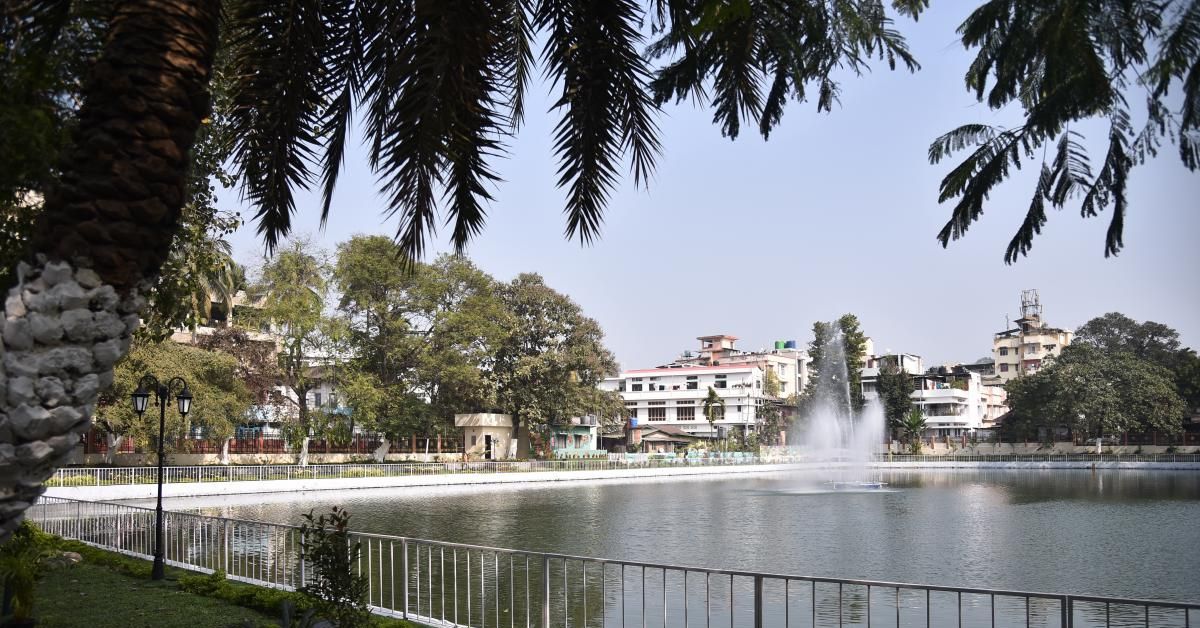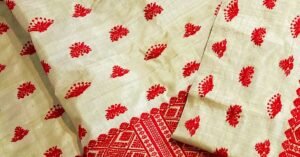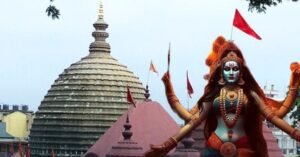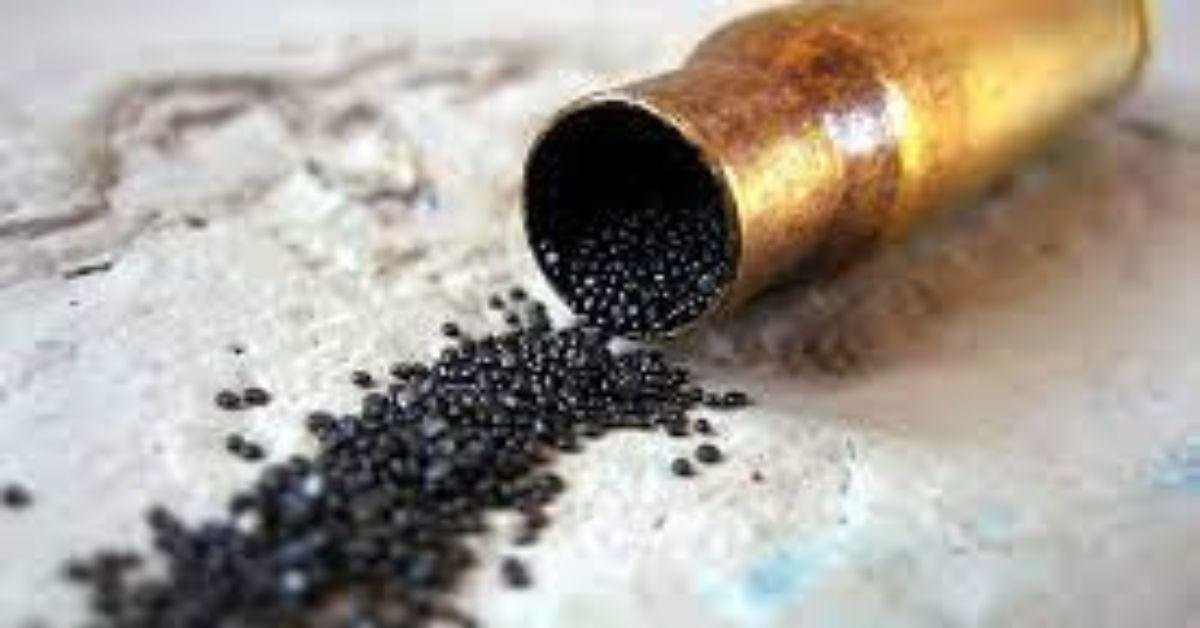As various ponds of Guwahati are being developed as parks by Guwahati Metropolitan Development Authority (GMDA), we look into the history of some iconic ponds of Guwahati such as Silpukhuri, Jor Pukhuri and Nag-kota Pukhuri. These iconic ponds are landmarks in themselves as many people know the locality by the name of Silpukhuri, Jor Pukhuri and Nag-kota Pukhuri.
Why Ponds such as Silpukhuri, Jor Pukhuri and Nag-kota Pukhuri were built?
Most of these iconic ponds were built by Ahom Kings. With the popular belief that digging a pond was a pious act, the Ahom monarchs who dug the ponds took utmost care, not only in choosing the site of the pond, but also in ensuring that the water in the pond was always clean.
Water tanks were constructed for various purposes. Not only did they serve to commemorate the kings, queens, princes, and the heroes of the war, but they were also constructed alongside temples for ritual bathing before entering the temple and for washing the things used in the worship, besides providing drinking water to the resident communities living in the vicinity of the temples.
One unique feature of these ponds such as Silpukhuri, Jor Pukhuri and Nag-kota Pukhuri is that they never dried up, nor did they ever get overflooded. Of the numerous water tanks that adorned Guwahati till the British rule, three important ones have interesting legends associating them with three important temples in the city.
Silpukhuri Tank
Until the 1880s, the body of water now known as Silpukhuri Tank was originally referred to as Na-Konia Pukhuri, which translates to “nine corners.” It was excavated concurrently with the construction of the Nabagraha Temple and had a unique design featuring nine corners, each associated with one of the nine planets. This reservoir held a sacred status because it was widely believed that the water used for bathing the temple idols flowed into the tank.
What sets Silpukhuri apart is the presence of a rock inscription on its bank, a feature not found alongside any other tank from the Ahom era. Scholars, such as Dr. Maheswar Neog, suggest that the name “Silpukhuri” likely originated from this rock, as the Assamese word ‘Sil’ signifies a rock.
Jor Pukhuri
In 1720 AD, during the rule of Swargadeo Siba Singha, Jor Pukhuri was excavated to serve the needs of the priests and pilgrims visiting the Ugratara Temple. To connect this tank to the Brahmaputra, a canal known as Naojan was constructed, which the Swargadeo used to access the temple while in Gauhati. Regrettably, this canal has since been transformed into a mere sewage channel. Subsequently, during the British colonial period, the tank was divided into two parts, and a road was built along its center, giving rise to its modern name, Jor Pukhuri.
Nag-kota Pukhuri
Located along Motilal Nehru Road in Panbazar, the Nag-kota Pukhuri, an ancient reservoir, has a connection with the Sukreswar Temple through a fascinating legend. According to this tale, during the inauguration of the temple, Swargadeo Pramatta Singha (1744-1751 AD) performed a ritual in which a significant snake was sacrificed. The name ‘Nag-kota’ translates to “killing of snakes” in Assamese. The snake, a revered entity, was venerated at the Nagpota or Nagkota Pukhuri site and interred there, thus bestowing the reservoir with its name.
These ponds namely Silpukhuri, Jor Pukhuri and Nag-kota Pukhuri are visited for morning worship, evening walk, performing various rituals at the temples near theses ponds. Besides, these ponds have been used by numerous birds during extreme hot summer season in Guwahati.
















